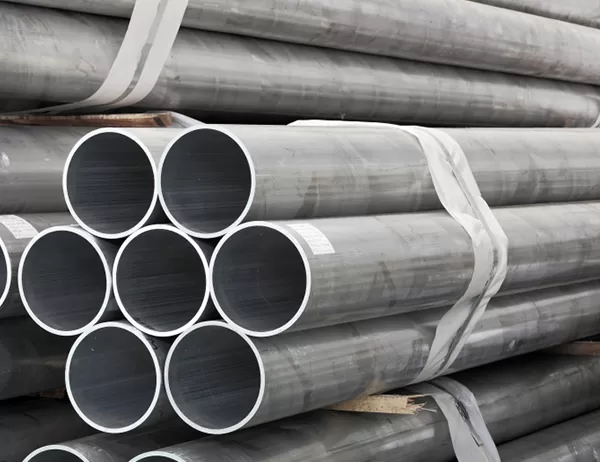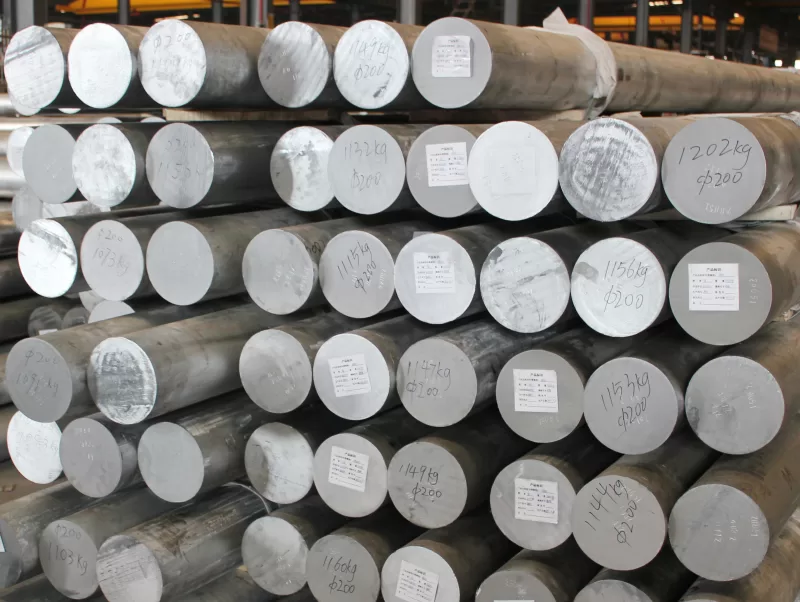In the realm of industrial design, aluminium tubes stand out as versatile and indispensable components. From aerospace to construction, their unique combination of strength, lightness, and malleability has made them a cornerstone of modern manufacturing. As technology continues to advance, so too do the innovations in aluminium tube design from suppliers, promising to revolutionize the possibilities for this ubiquitous material.
Enhanced Durability and Corrosion Resistance
One of the primary areas of innovation lies in enhancing the durability and corrosion resistance of aluminium tubes. Advanced surface treatments, such as anodizing and powder coating, create protective layers that safeguard against external elements and extend the lifespan of the tubes. These treatments also enable the customization of colors and finishes, allowing for a wider range of aesthetic and functional applications.
Improved Structural Integrity
To meet the demands of increasingly complex structures, aluminium tubes are being engineered with improved structural integrity. Through precision extrusion and cold drawing techniques, suppliers can produce tubes with precise tolerances and consistent material properties. These enhancements ensure reliable performance under high loads and extreme conditions, making them ideal for applications such as scaffolding, vehicle frames, and aerospace components.
Lightweight and Energy-Efficient
While aluminium is inherently lightweight, ongoing innovations focus on further reducing the weight of aluminium tubes without compromising their strength. By optimizing the tube’s cross-section and incorporating advanced alloys, suppliers can produce tubes that are lighter yet capable of handling the same or even higher loads. This lightweight advantage offers significant benefits in terms of energy efficiency, reducing transportation costs and emissions.
Sustainable and Environmentally Friendly
Sustainability is a growing concern in all aspects of manufacturing, and aluminium tube design is no exception. Suppliers are employing eco-friendly techniques to reduce the environmental impact of their products. This includes using recycled aluminium, which significantly reduces energy consumption and greenhouse gas emissions. Moreover, new coatings and treatments are being developed to eliminate harmful chemicals and promote biodegradability.
Customization and Versatility
The future of aluminium tube design is also characterized by increased customization and versatility. Suppliers offer a wide range of sizes, shapes, and thicknesses to meet the specific requirements of various industries. In addition, advanced fabrication techniques allow for complex geometries and intricate designs, enabling the creation of tubes tailored to unique applications.
Conclusion
The future of aluminium tube design holds promising innovations that will further enhance the capabilities and applications of this versatile material. From improved durability to increased customization, suppliers are pushing the boundaries of what is possible. These innovations will empower engineers and designers to create lighter, stronger, more sustainable, and more versatile structures, unlocking new possibilities in countless industries.




